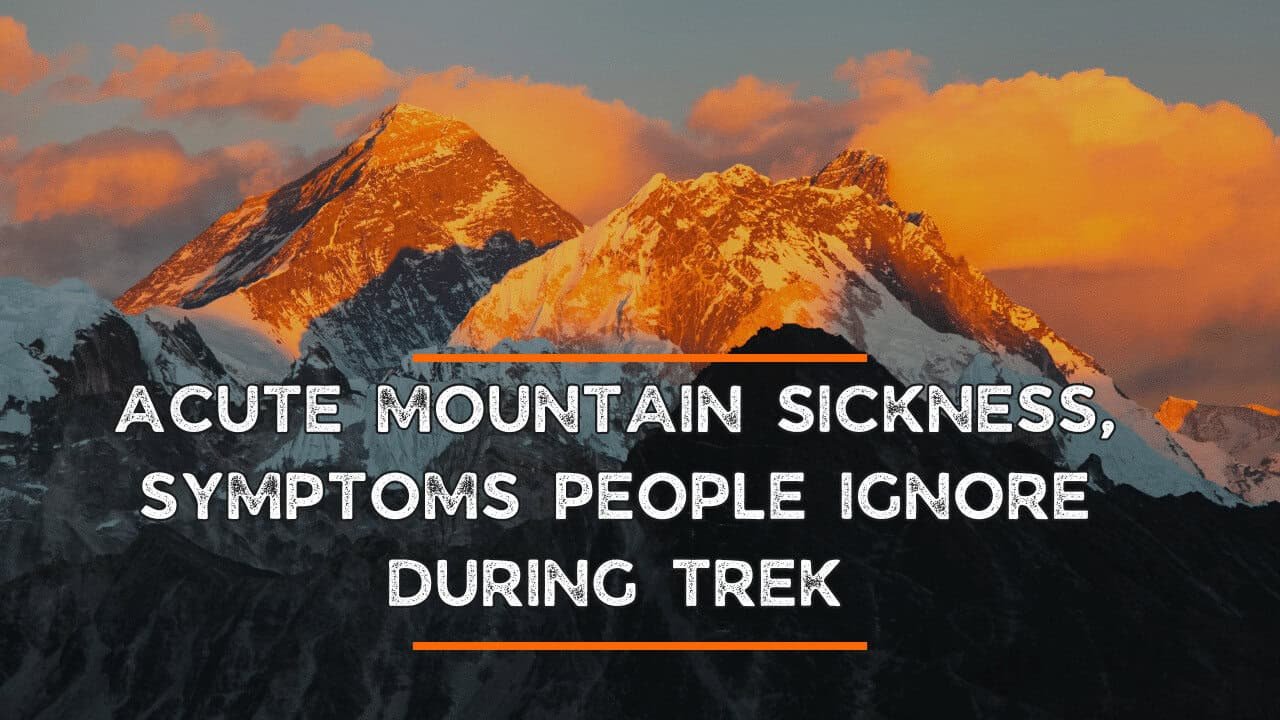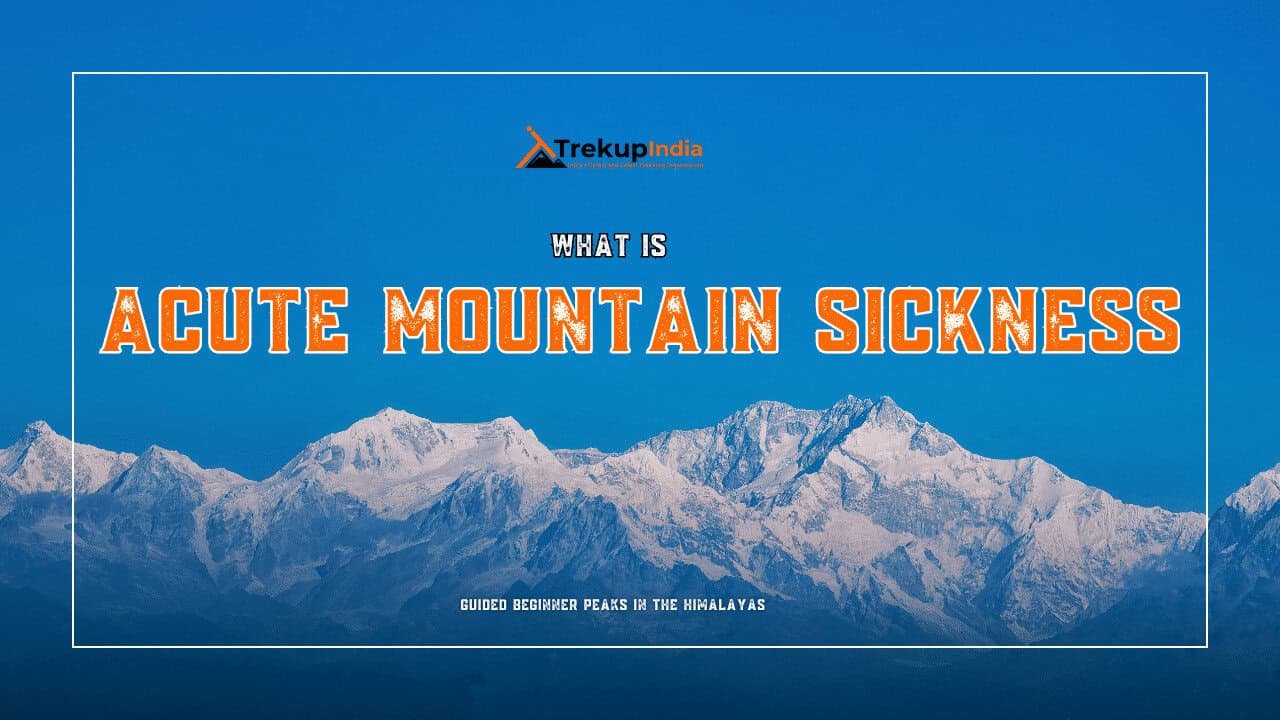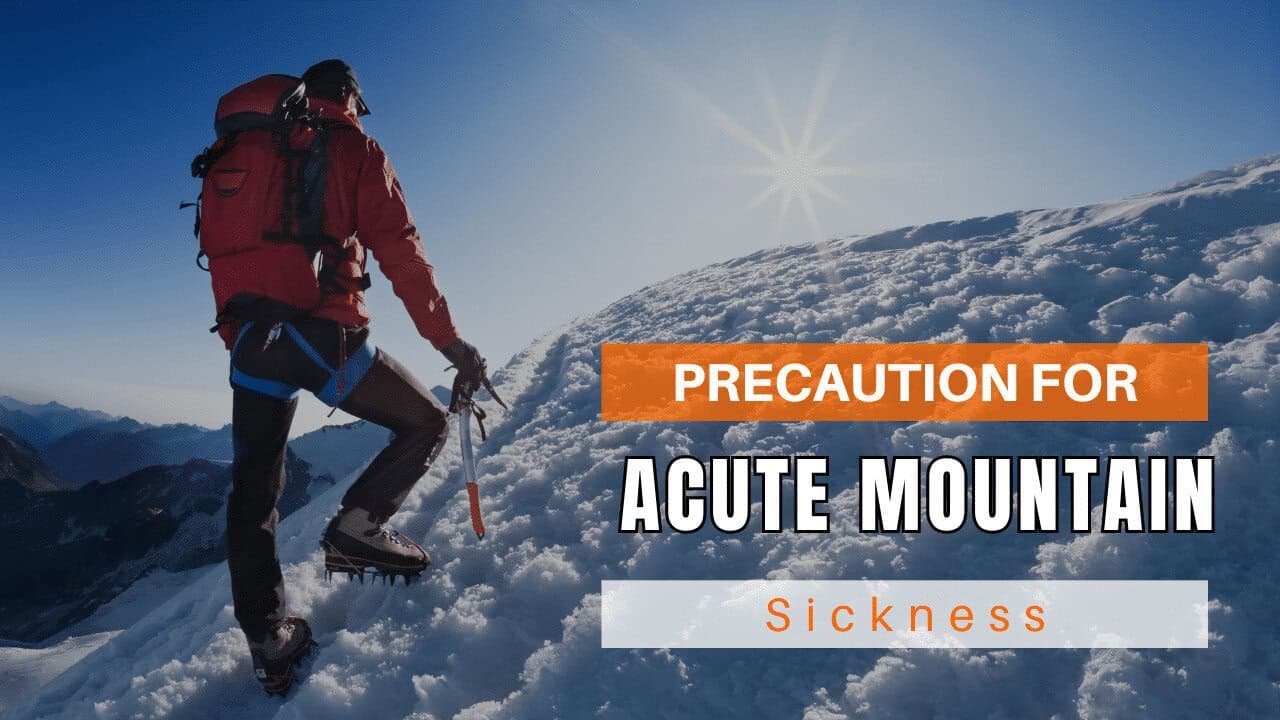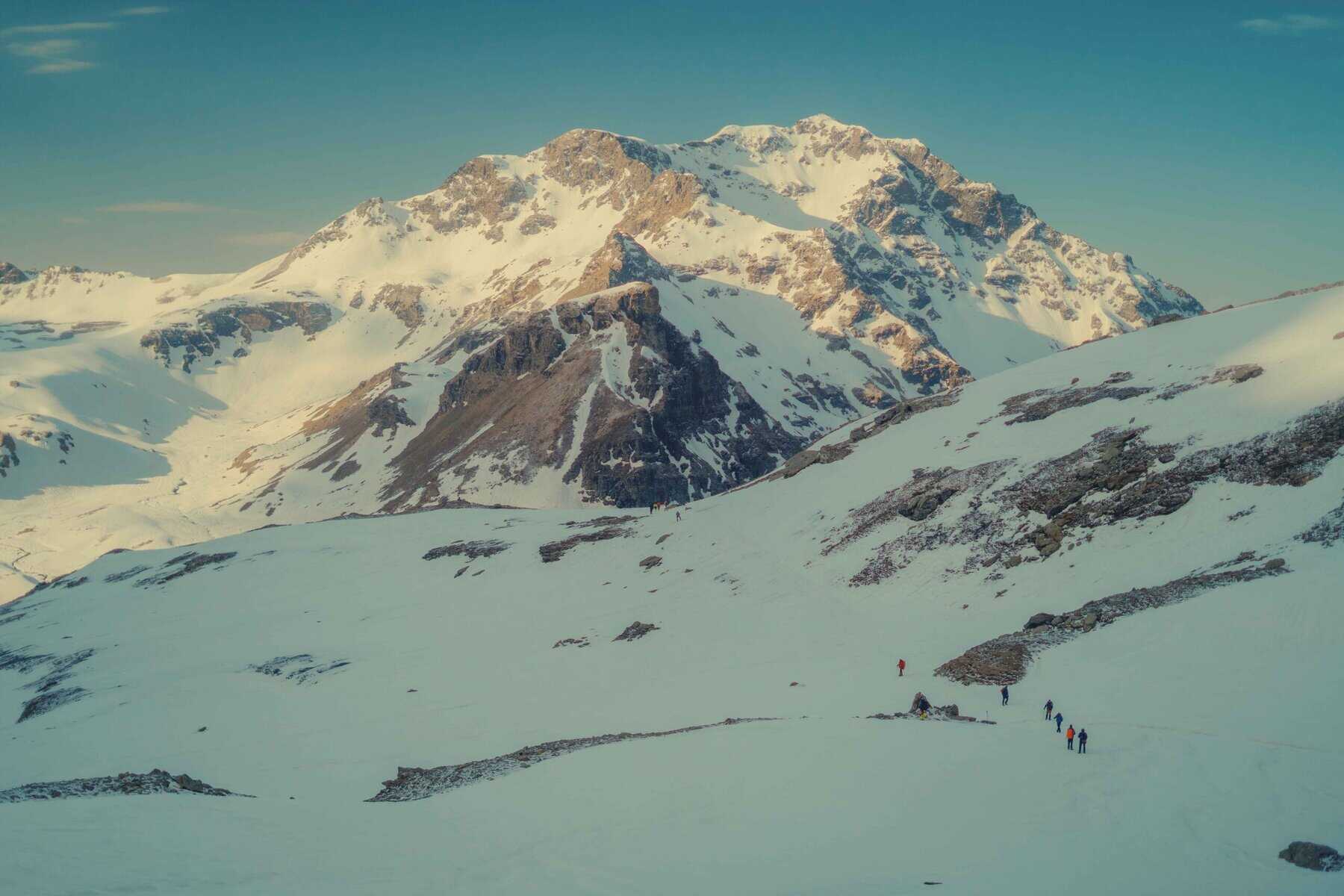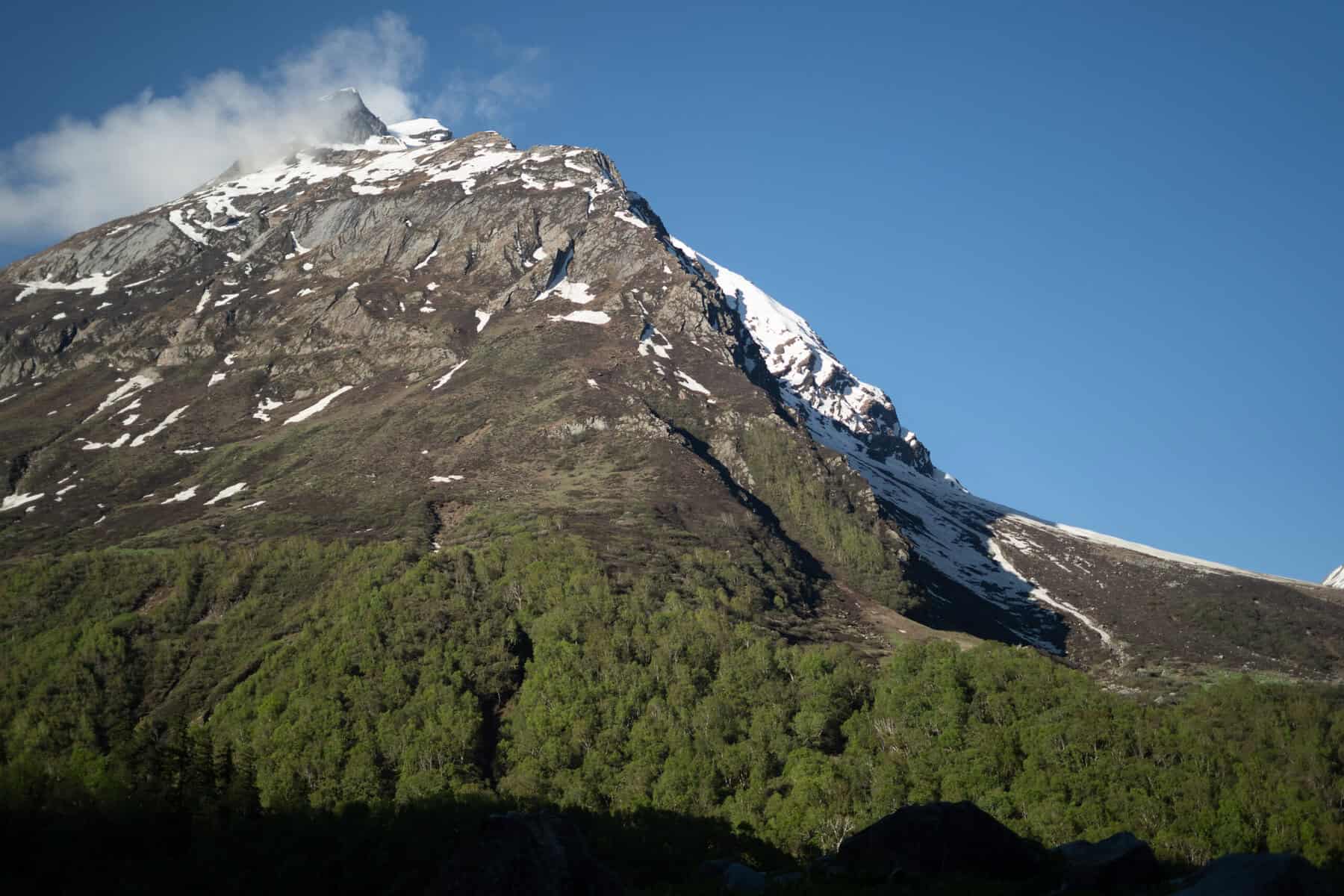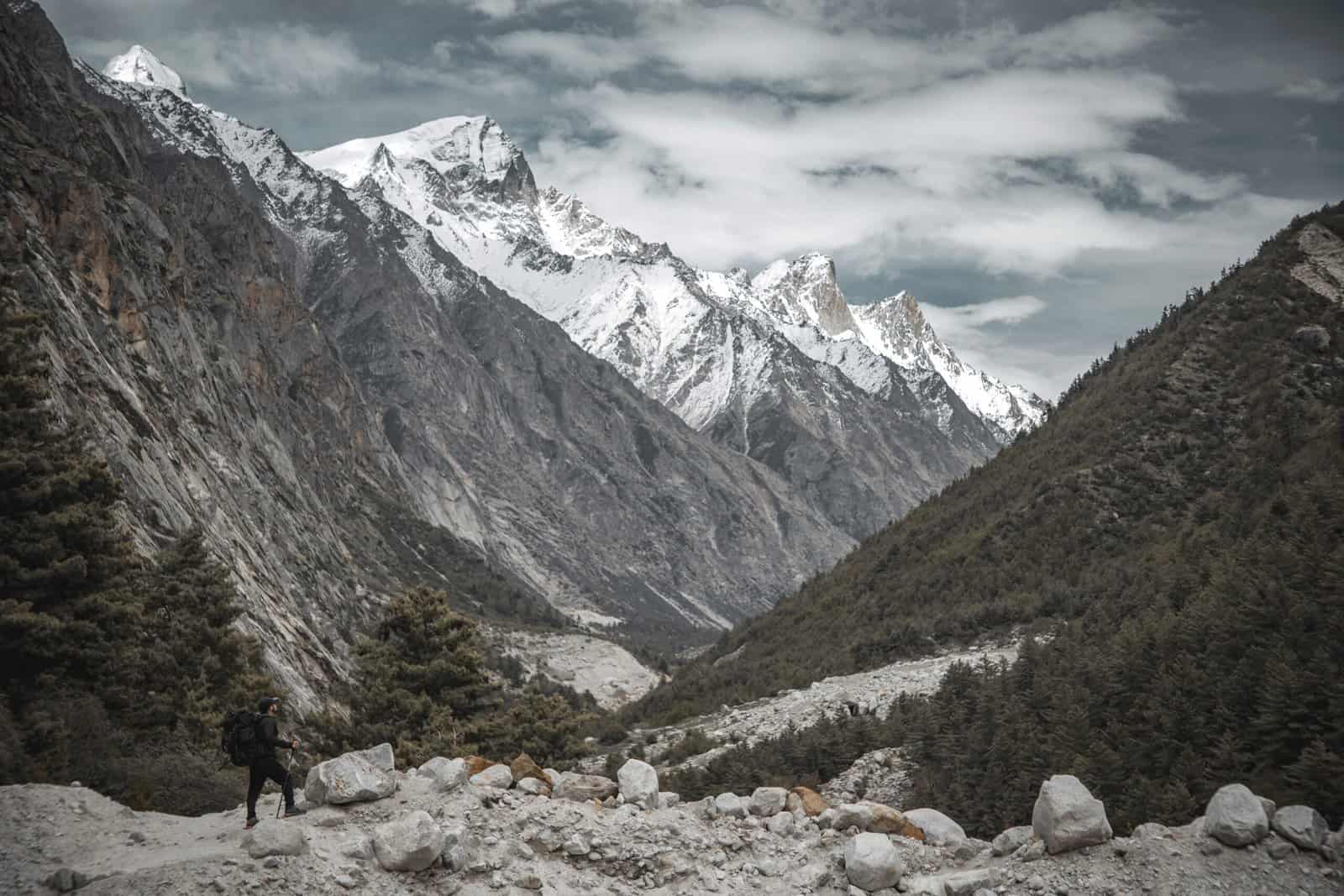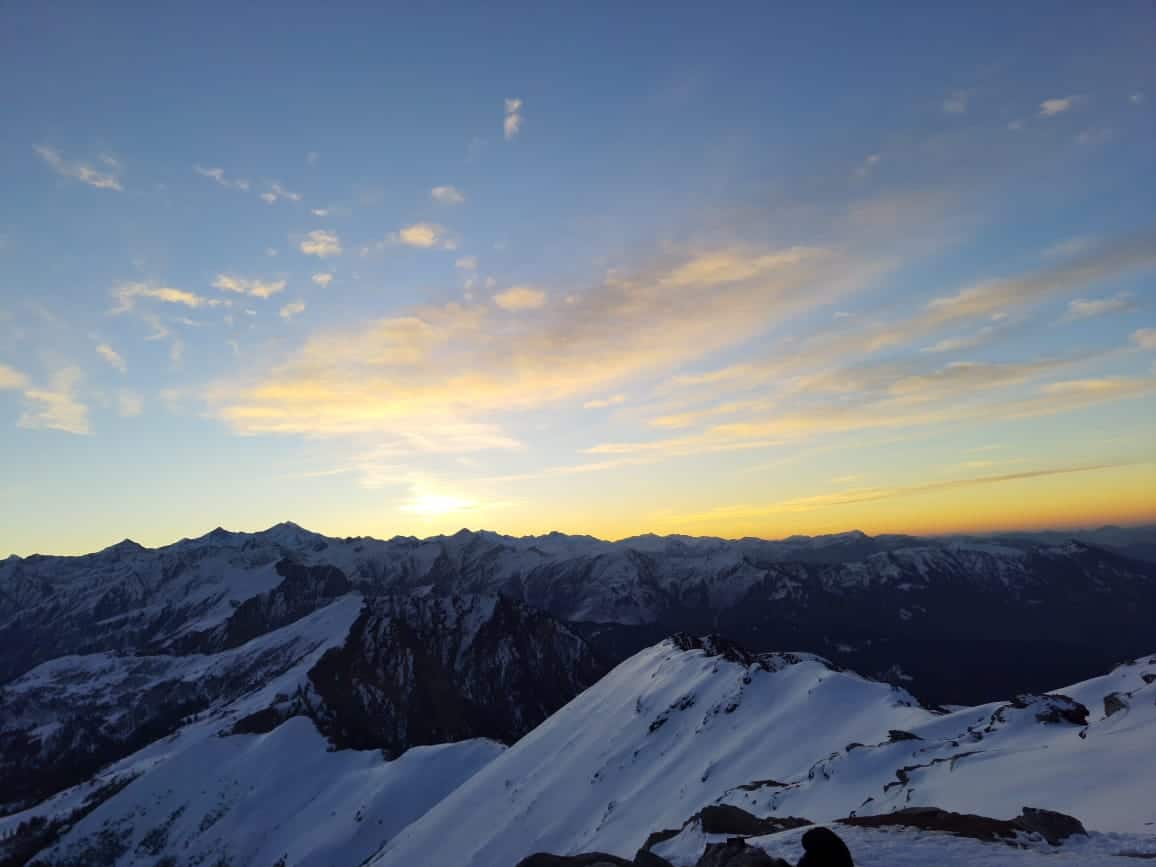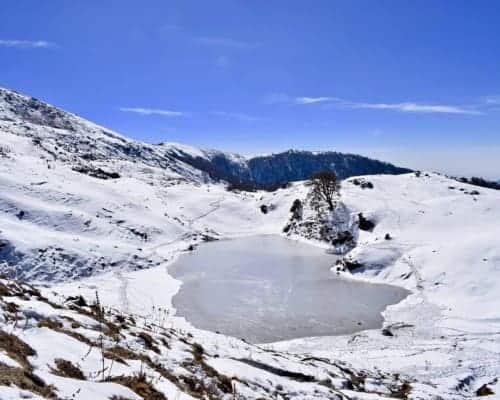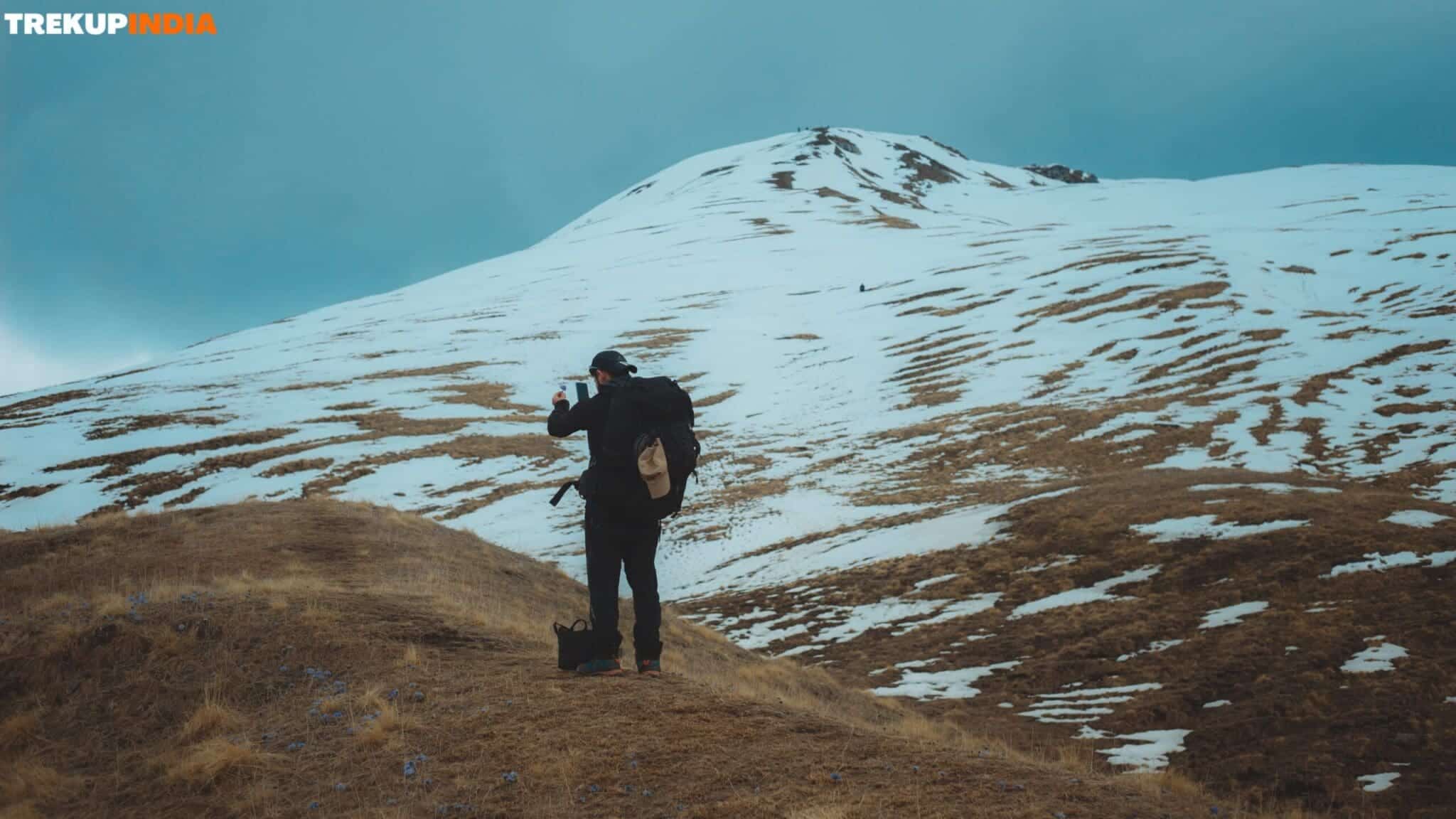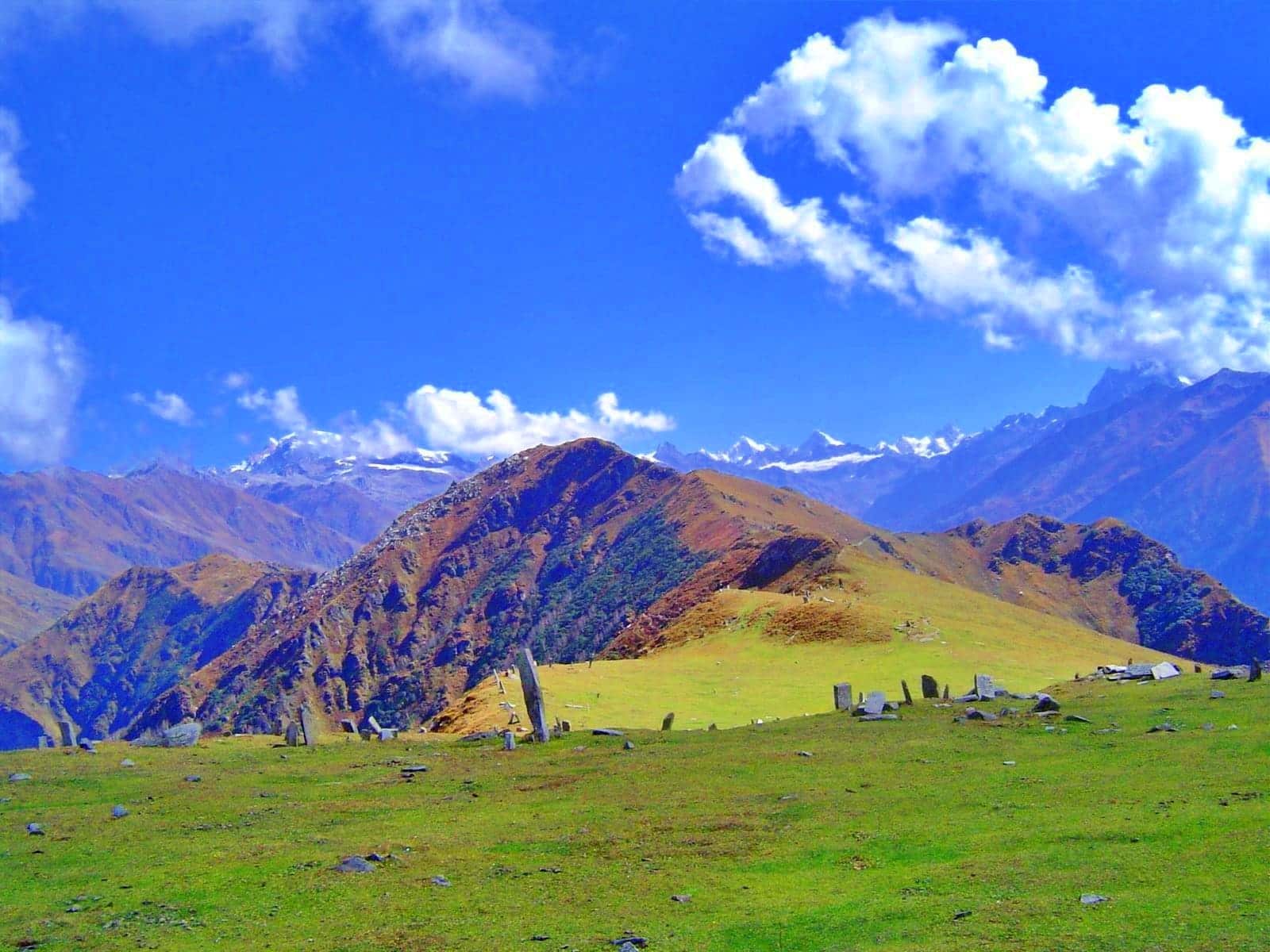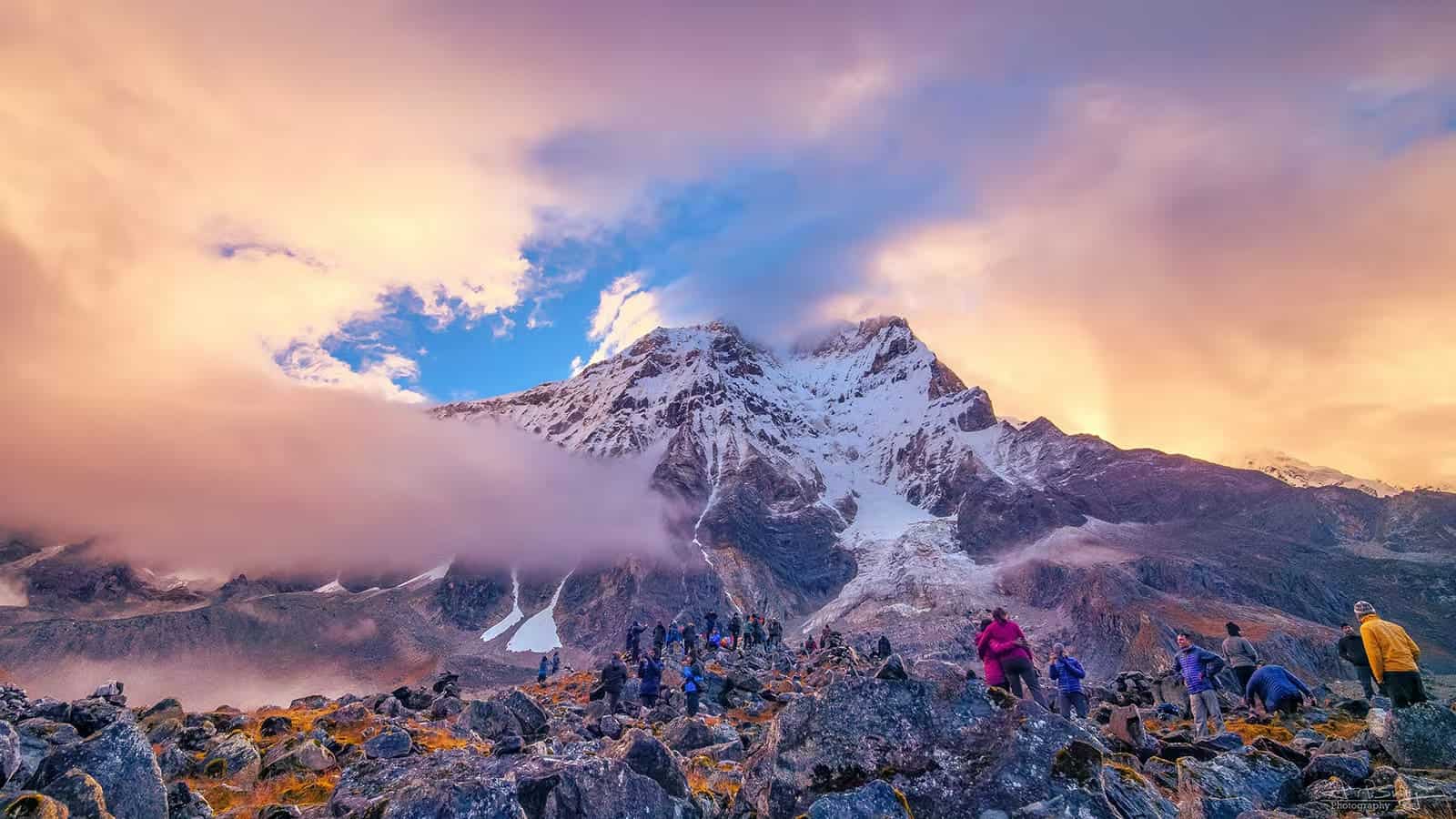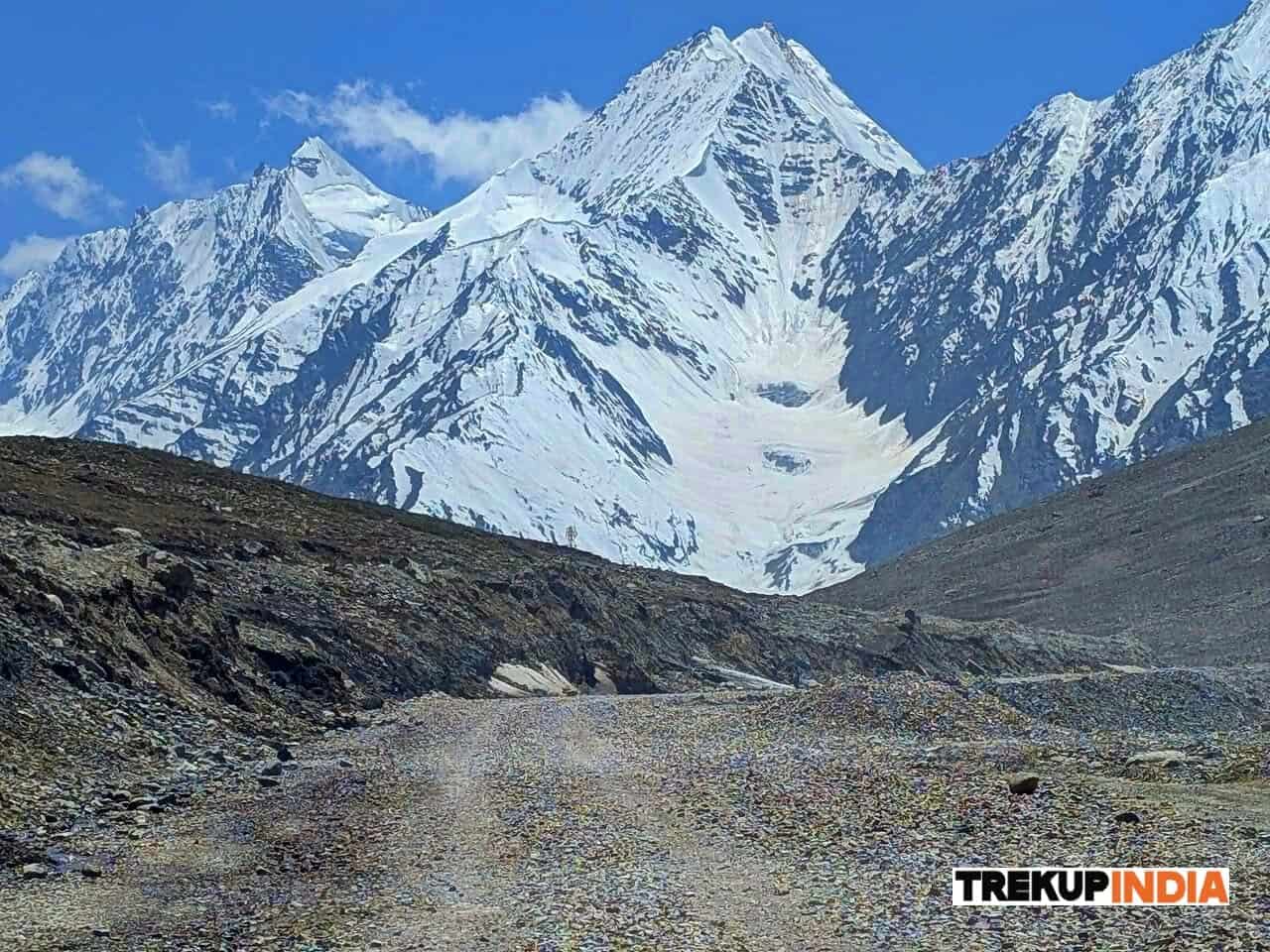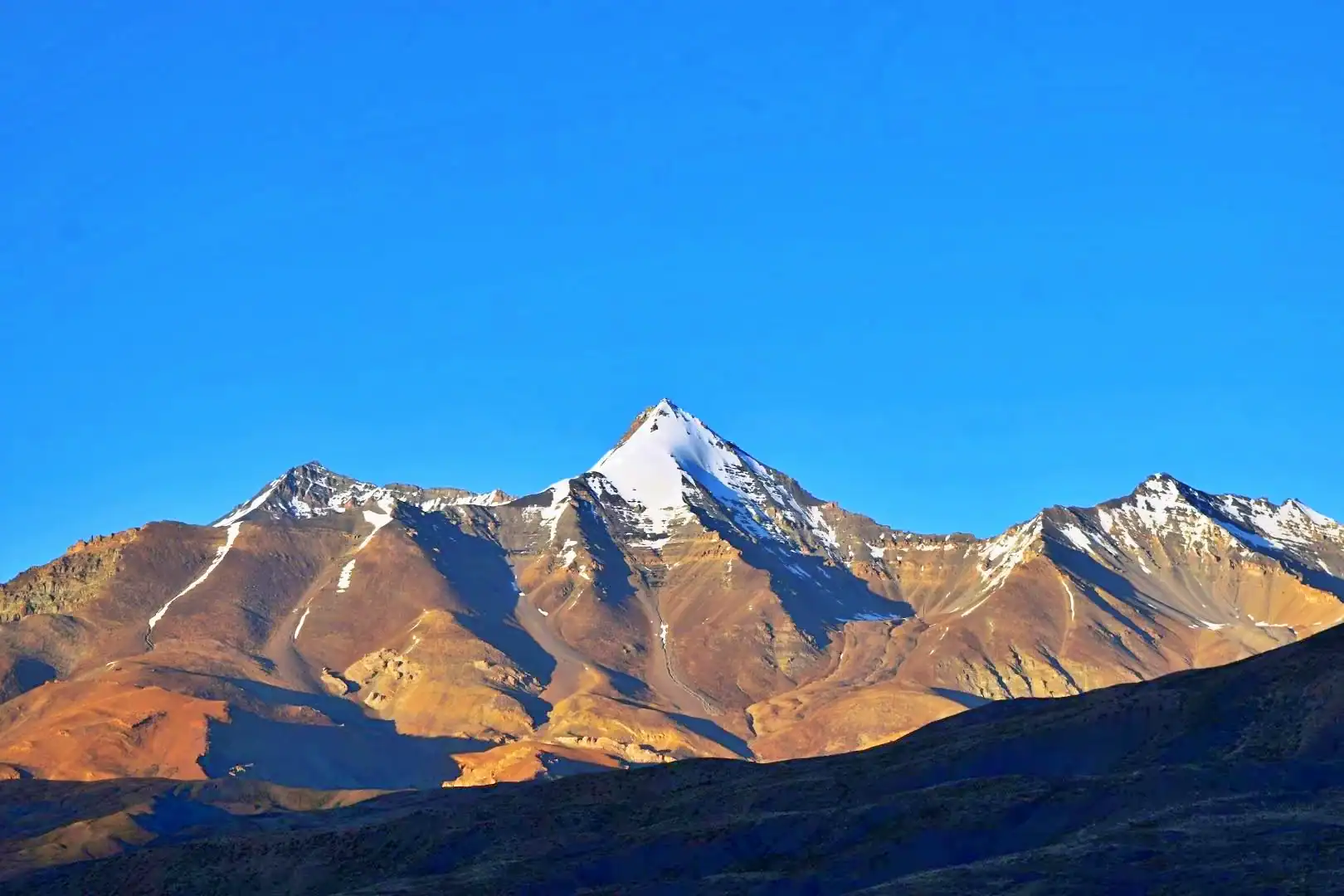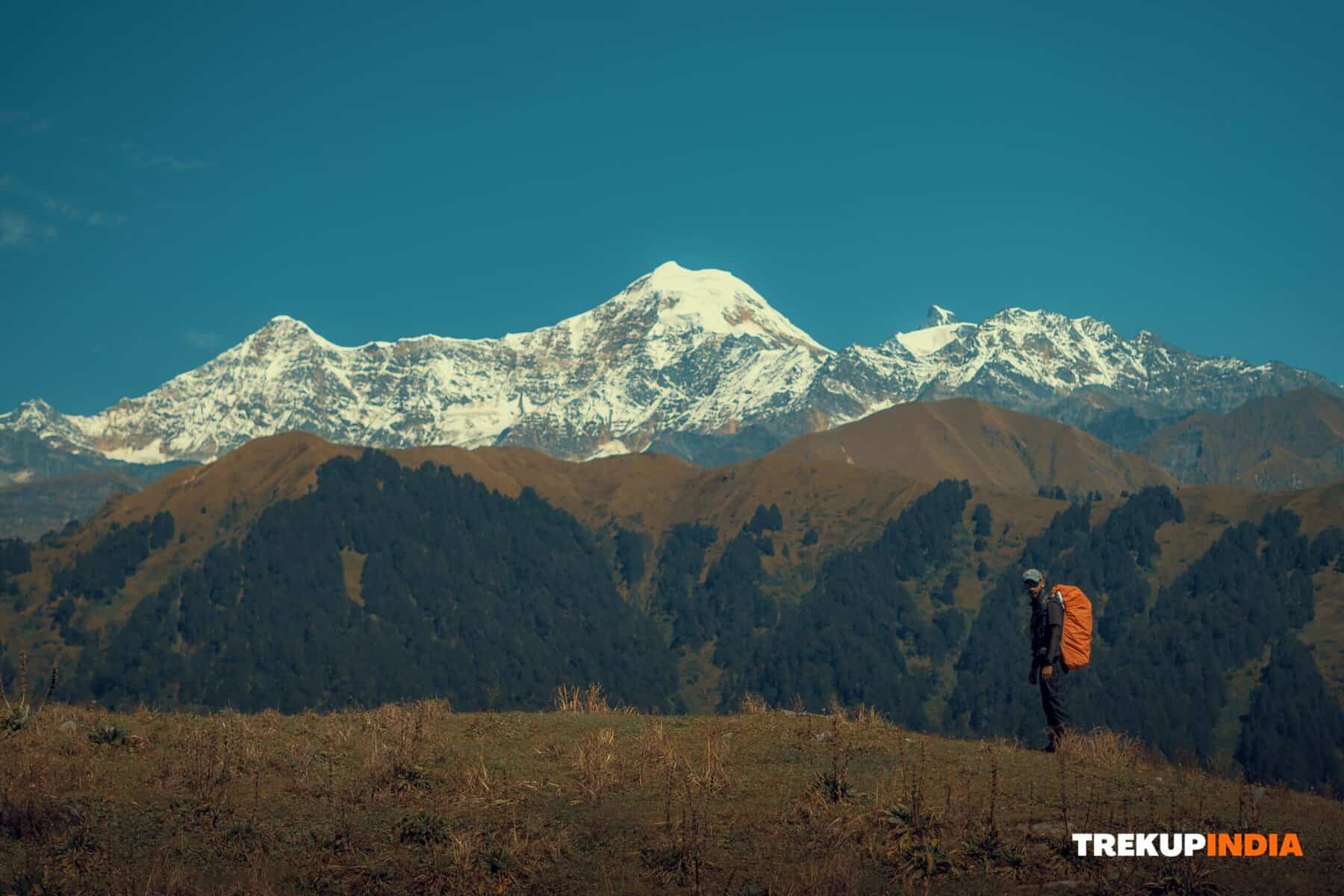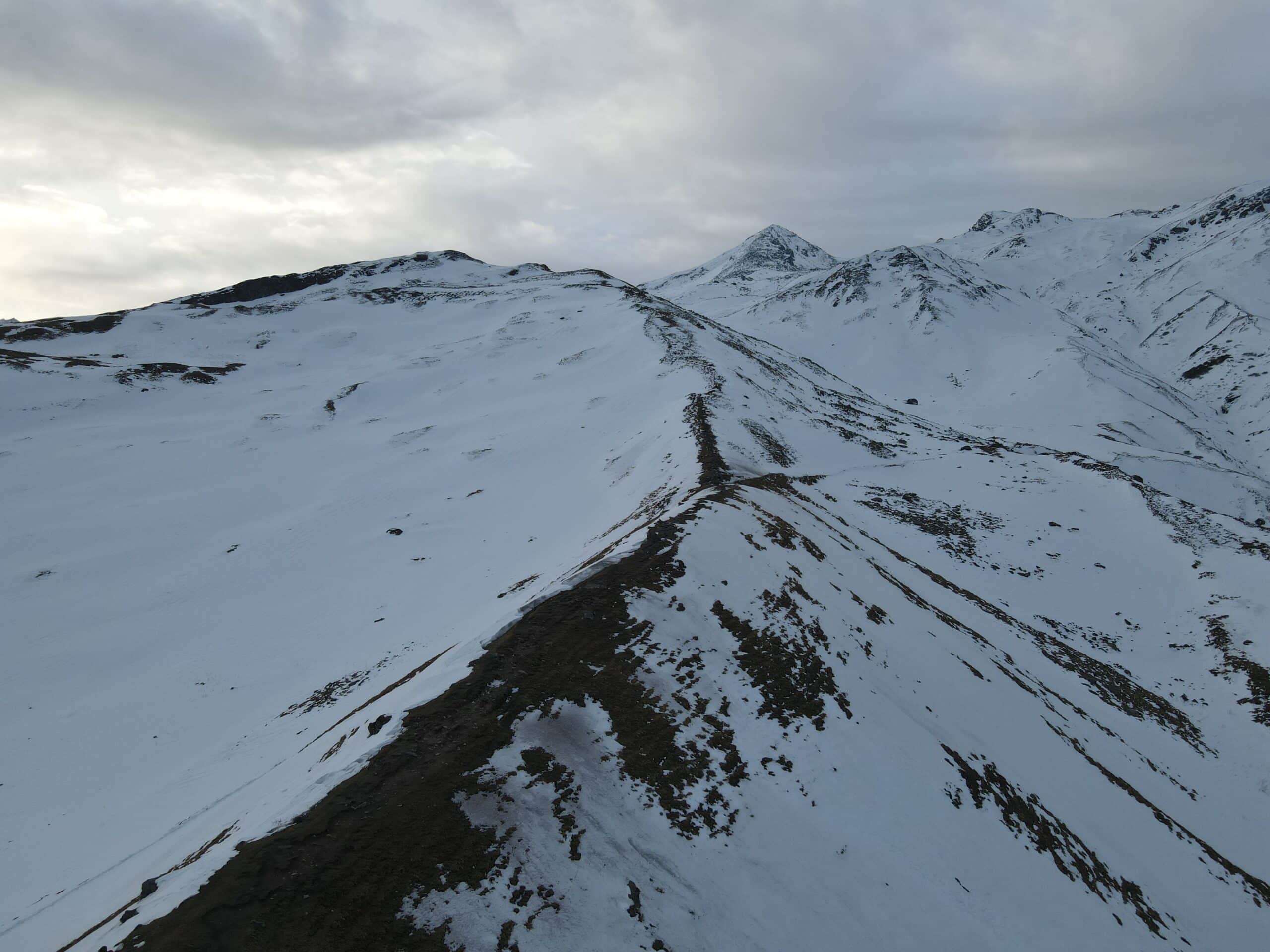How to Choose Right Shoes: A Step-by-Step Guide
Adventure’s calling—from misty forest paths to the towering peaks of the Himalayas—and if you’re planning to answer, you’ll need one thing for sure: a solid pair of trekking shoes. Honestly, they’re your real ticket to the journey. Whether you’re scrambling up rocky trails, hiking through lush green hills, or just wandering through quiet valleys, the right footwear can make all the difference between a great day on the trail and one that ends with sore feet and regrets.
This guide is here to help you pick the trekking shoes that actually work for you. We’ll go over everything from the different types out there to how to find something within your budget, plus how to take care of your boots so they last the long haul. Because let’s face it—good trekking shoes aren’t cheap, and once you find a pair that fits like a dream, you’re going to want to keep them around.
India’s got a huge variety of trails to explore. Think about it—from the snowy trails in the north to the rich, green forests of the Western Ghats, the terrain can change drastically from one region to another. And your shoes? They need to be able to handle that variety just as well as you do.
It doesn’t matter if you’re brand new to trekking or someone who’s been doing it for years—trust me, the value of a good, well-fitting pair of boots can’t be overstated. They keep you steady, protect your feet, and let you focus on the beauty around you instead of the blisters forming on your heels.
So, before you hit the trail, spend a little time finding the right shoes. Your feet (and your future hiking self) will definitely thank you.
1. Understanding Trekking Shoe Type
Not all trekking shoes are created equal—and honestly, that’s a good thing. Different types are made for different trails, loads, and kinds of adventures. So, if you’re trying to figure out which ones are right for you, here’s a quick breakdown of the most common types:
Day Hiking Shoes
These are your go-to for casual hikes—lightweight, breathable, and flexible. They’ve got decent grip, so they’re great for well-marked trails or weekend nature walks. Just keep in mind, while they’re comfy and easy to break in, they don’t offer a ton of ankle support or structure. So, for anything super rugged or long, you might want something a bit more solid.
Day Hiking Boots
These are a step up—think mid to high cut, and built for slightly tougher trails or short backpacking trips with lighter loads. They’re still fairly flexible and don’t take forever to break in, which is great. But again, they’re not built for super heavy use or harsh terrain. If you’re not carrying too much and just want a little more support than hiking shoes offer, these are a solid middle ground.
Backpacking or Trekking Boots
Now we’re talking serious gear. These are built for long treks, heavy packs, and off-the-grid kind of stuff. They’re usually high-cut, wrapping around the ankles for extra support, and they’ve got tough, stiffer midsoles to help you handle rocky or uneven terrain without killing your feet. They’re heavier, sure, but they’re made for endurance. If you’re heading into the backcountry for a few days (or more), these are the boots you want on your side.
—
In the end, the best trekking shoes are the ones that match the kind of hiking you’re doing. Try them on, walk around, break them in slowly—and when you find that perfect pair, you’ll know. Your feet will thank you halfway through that first climb.
2. Choosing the Right Trekking Shoe for Your Needs
Picking the right trekking shoes really comes down to knowing what kind of adventure you’re heading into. There’s no one-size-fits-all, and honestly, that’s kind of the fun part—figuring out what works best for your kind of hiking.
Start with the Terrain
Think about where you’re going. Is it rocky and uneven? You’ll want something with a tough sole and solid ankle support to keep you steady. If you’re just doing some light walking through forest paths or rolling hills, a lighter shoe with decent grip might be all you need. Also, don’t forget to factor in the difficulty level of your trek and what the weather’s likely to throw at you. Slippery slopes and monsoon mud are no joke.
Fit is Everything
Honestly, a good fit can make or break your entire hike. Your toes should have enough room to wiggle—if they’re squished, you’re probably looking at blisters before lunch. At the same time, your heel needs to stay snug so your foot isn’t sliding around inside the shoe. If you can, try them on with your actual hiking socks (yes, that matters), and walk around a bit before committing.
Ankle Support: Yes or No?
If you’re carrying a heavy backpack or hiking on uneven, tricky terrain, having high-cut shoes that support your ankles can really help prevent injuries. But if you’re sticking to easier, well-maintained trails and you like to move fast, trail runners or low-cut shoes might be just fine—and a lot lighter too.
Waterproof vs Breathable
Here’s where it gets a little tricky, especially with India’s wild mix of climates. Waterproof shoes are a lifesaver when you’re hiking during the rainy season or splashing through streams. But keep in mind, they can get hot and trap moisture on sweltering days. If you’re planning to hike in hot, humid weather, look for waterproof options that still let your feet breathe—or even consider shoes with breathable mesh if you’re not expecting much rain.
At the end of the day, your ideal trekking shoes are the ones that match your trail, your feet, and your kind of adventure. So take your time, try a few pairs, and trust your gut (and your feet). They’ll let you know when you’ve found the right ones.
3. Budget Considerations
Trekking shoes come in all shapes, sizes—and price tags. Whether you’re just starting out or you’re the kind of person who lives for long, rugged hikes, there’s a pair out there that’ll fit both your feet and your budget. Here’s a quick breakdown to help you figure out what makes sense for you:
Entry-Level Shoes
If you’re new to hiking or only hit the trail occasionally, you don’t need to break the bank. Entry-level trekking shoes usually cost between ₹2,000 to ₹5,000, and they’ll get the job done for shorter, easier hikes. Sure, they might not have all the bells and whistles—like fancy waterproofing or ultra-durable soles—but they’ll still give you decent grip and enough support for casual adventures. Just keep your expectations in check, especially on rougher terrain.
Mid-Range Shoes
Now, if you’re someone who hikes a bit more regularly or likes to explore different types of terrain, it might be worth spending a little more. Mid-range trekking shoes (around ₹5,000 to ₹10,000) offer a noticeable bump in quality—better traction, stronger materials, and often some level of waterproofing too. These are great all-rounders and strike a nice balance between performance and price. A solid pick for anyone who’s serious, but not extreme, about their treks.
Premium Shoes
Alright, these are the top-of-the-line models. If you’re a dedicated hiker or mountaineer—someone who’s often out in the elements, carrying a heavy pack, or tackling long, demanding routes—premium trekking shoes are worth the investment. They’re built with high-end materials, advanced tech, and a real focus on durability, comfort, and performance. Prices usually go north of ₹10,000, but if you spend a lot of time outdoors, they can really pay off in the long run. Fewer blisters, more comfort, and gear that holds up through rough weather and rocky trails.
At the end of the day, it’s all about how often you hike, what kind of trails you’re tackling, and how much you’re willing to invest in your comfort and safety. If you can, try shoes on in person—it makes a world of difference. And remember, even the most expensive boots won’t help much if they don’t fit right.
4. Maintaining Your Trekking Shoes
Taking care of your trekking shoes isn’t just about keeping them clean—it’s about making sure they last and continue to perform at their best, hike after hike. Here’s how to give your shoes the TLC they deserve:
Clean Them Regularly
After each hike, give your shoes a little love by brushing off dirt and debris with a soft brush or a damp cloth. This prevents the buildup of gunk that can mess with their waterproofing and breathability. If the dirt’s really stubborn, you might want to invest in a shoe cleaner that’s made specifically for trekking shoes. It’s a small step that can go a long way.
Let Them Air Dry
I know the temptation is real to just throw your shoes in front of a heater or straight into the sun, but resist! Direct heat can really mess with the materials. Instead, let your shoes air dry in a cool, well-ventilated spot. Give them some time to breathe at room temperature, and they’ll thank you for it.
Inspect For Damage
It’s a good idea to check your shoes every now and then for any signs of wear and tear—things like frayed edges or worn-down soles. If you catch any issues early, you can replace parts or even the whole shoe before it starts affecting your safety or comfort on the trail.
Store Them Properly
Once you’ve cleaned and dried them, store your shoes in a dry, cool place, away from direct sunlight. Stuff them with shoe trees or newspaper to help them keep their shape and prevent any weird creases or sagging. You don’t want them losing their structure after all that hard work.
Taking these small steps to care for your shoes can really make a difference. The more you look after them, the longer they’ll serve you on the trails—and that means more adventures without any shoe-related setbacks.
5. Beyond the Basics
A few more things to keep in mind when choosing and taking care of your hiking shoes:
Break Them In First
Don’t even think about hitting the trail in brand-new shoes. Trust me on this one. Take them on a few shorter walks or day hikes first to give them time to mold to your feet. It’ll help avoid painful blisters and give you a chance to make sure they’re actually comfortable before you tackle something more challenging.
Socks Are Key
It’s not just about the shoes—it’s about what’s on your feet too. Good quality hiking socks can make a world of difference. They help prevent chafing, keep your feet dry by wicking away sweat, and just make the whole hiking experience way more comfortable. It’s worth investing in a couple of solid pairs.
Replace Them When It’s Time
Shoes don’t last forever, no matter how much you love them. As time goes on, the tread will wear down, and the support will weaken. Pay attention to how your shoes feel—if the tread’s looking shallow or your feet start feeling sore in ways they didn’t before, it might be time to replace them. It’s better to invest in new shoes than risk injury because your old ones aren’t up to the task anymore.
Little tips like these can really help extend the life of your shoes and make your hikes a lot more enjoyable. Trust your feet—they’ll tell you when it’s time for a change.
About Author

Preetam Singh Rawat (Founder)
The person behind this trekking organization is someone who’s spent over a decade – 12 years, to be exact – living and breathing the mountains. With multiple high altitude summits under his belt (we’re talking 6000 to 7000 meter peaks), he’s not just experienced – he’s the real deal.
But what really sets him apart is the sheer number of treks he has guided. He has led over 200 Himalayan expeditions, including well known routes like Bali Pass, Buran Ghati, Rupin Pass, Pin Bhabha, Stok Kangri, and Black Peak. Not just once, but multiple times. So yeah, when it comes to the Himalayas, he knows every twist in the trail and every story the mountains have to tell.
Got questions or want to get in touch? Write to Preetam at preetam@trekupindia.com. He’s always happy to chat about treks, answer your questions, or help you prepare for your next big adventure.
Share this article
Dates For Upcoming Treks
Want To Trek Like Pro?
Basically, watch these videos if you want to trek the same way professional trekkers do and make your skills better. These videos contain useful tips and techniques to further improve your trekking skills itself. These videos actually help both new and experienced trekkers improve their trekking skills. These videos definitely provide useful tips that make your trek better. We are seeing that these videos by Trekup India experts will only help you make your trekking skills better.
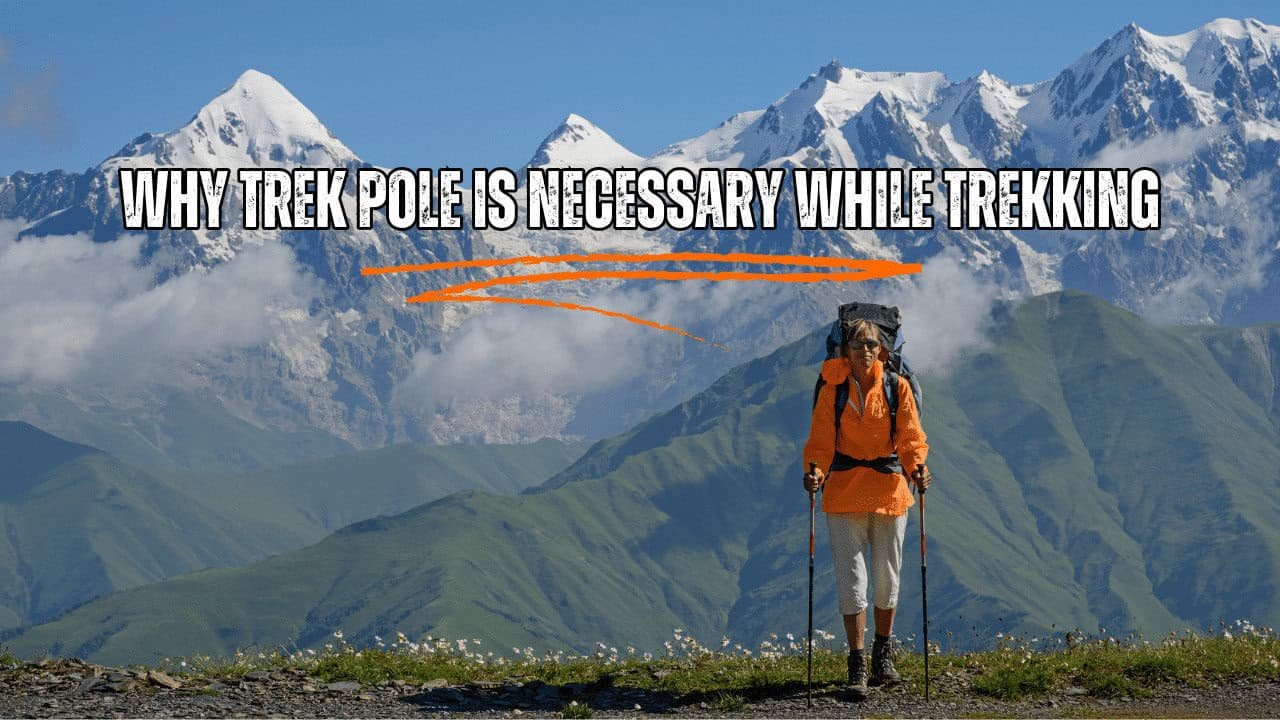

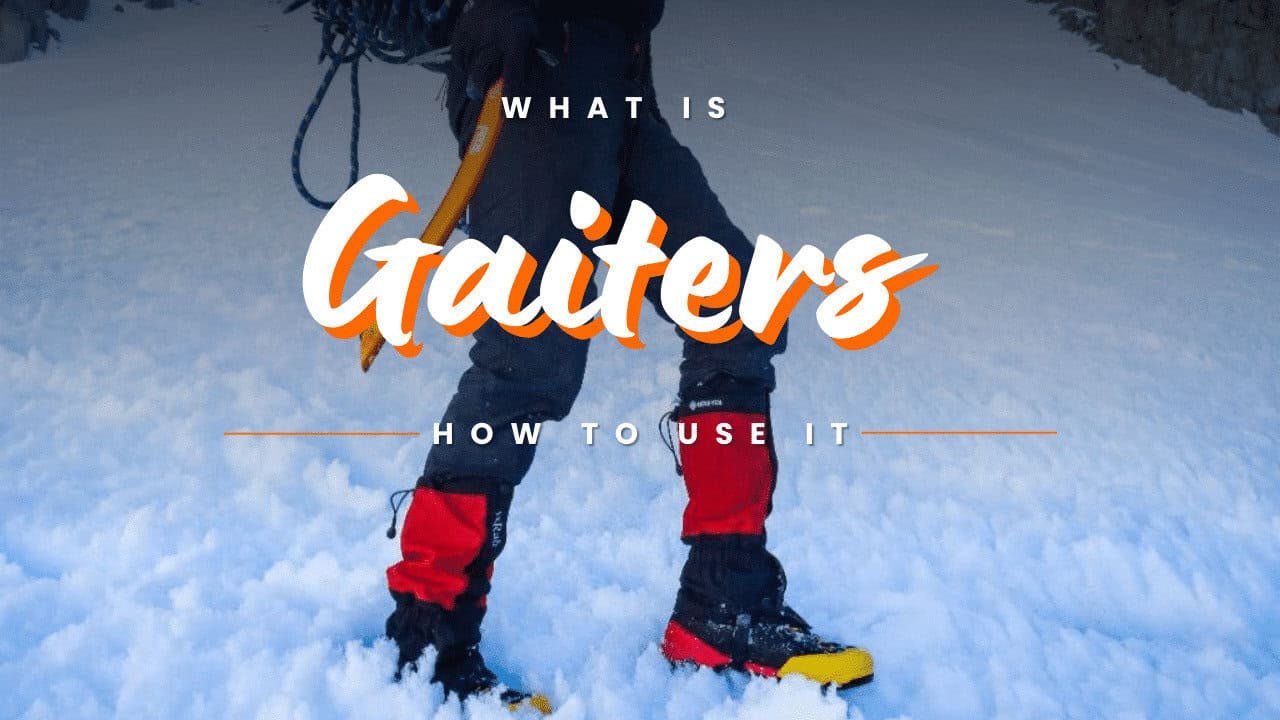




Know Everything About Acute Mountain Sickness
Acute Mountain Sickness occurs when people trek to high altitudes above 8,000 feet. This condition itself develops further due to reduced oxygen levels at such heights. Basically, as you go higher up, the air pressure and oxygen levels decrease, which causes the same problem. Acute Mountain Sickness surely causes headache, nausea, vomiting, and dizziness in affected persons. Moreover, peoples also experience difficulty in sleeping during this condition. To avoid mountain sickness, you should actually trek up slowly to higher altitudes. To learn further about this condition itself, watch the videos by Trekup India.
